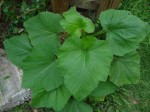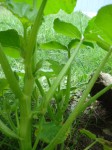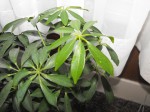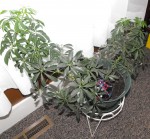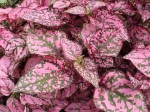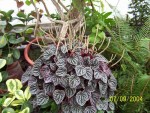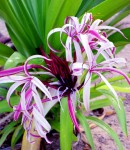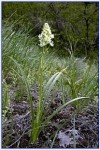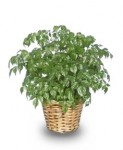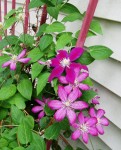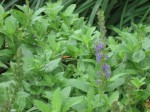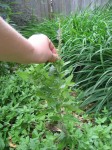Ask the Expert: Pumpkin?
Last year I threw old pumpkins that were not cut open in my back yard. I think they were just the small kind you use to cook with and they are hard to cut. Anyways now this year there is a big mysterious plant growing close to where the old pumpkins were. In the background you cant see it very well but the pumpkin is still there and has seed there still too.
Also on the other picture it looks like more leaves or maybe those yellow flowers are growing that grow on pumpkin plants. I was just wondering if this is a pumpkin plant and if so what can i do to keep it growing to grow pumpkins for this year? Amanda
Plant Expert Reply:
Yes, it seems to be a pumpkin plant. However, your pumpkins may be slightly different than the orginal plant depending on the cross pollination that occurred last year.
Your plant looks healthy and should produce pumpkins without any problems. Basically water and fertilizer it the plant. When you water try not to wet the foliage. Instead apply water at the ground level. You can use a water soluble fertilize or a granular fertilizer. On pumpkins I like to use a granular slow-release fertilizer. I have been using milogranite on my squash, cucumbers and the like. So you might try it.
You should see pumpkins start to form as soon as the blooms open up.


 Find Your
Find Your 